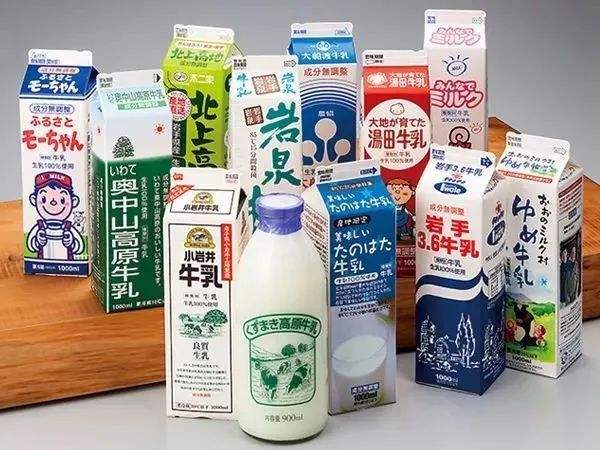Japan has lifted import restrictions on dairy products, in principle allowing anyone to import dairy products freely. However, in order to protect Japanese dairy farmers and stabilize the balance between supply and demand in the Japanese dairy market, a number of measures have been taken, such as the national plan to import skim milk powder, butter and other bulk dairy products, and high tariffs have been applied to liberalized products. Through this article, Global Foodmate analyzes the demand situation of the Japanese dairy market and introduces the export process of dairy products to Japan, hoping to facilitate dairy export to the Japanese market for relating enterprises.
1. Analysis of supply and demand situation of Japanese dairy market
According to data released on the website of the Forestry and Fisheries dept, Ministry of Agriculture of Japan, the total raw milk production in 2020 was 7.43 million tons, of which 4.16 million tons, counting about 45 percent, were produced in Hokkaido. Of the 7.43 million tons of raw milk, 403 tons are sold as fresh drinking milk. 90% of raw milk produced in prefectures outside Hokkaido is processed into drinking milk to avoid long distances transport. The remaining 3.3 million tons of milk produced in Hokkaido are mainly processed into milk products such as cream, butter and skim milk powder.
Japan also imported 4.99 million tons of dairy products in 2020. about 700,000 tons of products, including skim milk powder, butter and whey were imported through planned national trade. Liberalized products includes 3.68 million tons of cheese and 600,000 tons of other dairy products were imported.
It can be seen from the above data that Japan's drinking fresh milk is totally produced in Japan. Drinking fresh milk is not on the import list. Hokkaido raw milk plays the role as regulating valve. It will be processed into drinking fresh milk when the demand of drinking fresh milk increases and will be processed to dairy raw material when the demand for drinking milk decreases in order to stabilize the balance between supply and demand of raw milk.
Skim milk powder, butter and other Japanese dairy products has no significant difference in quality but the production cost is higher compared with imported products. In order to balance the supply and demand of raw milk and stabilize the production of raw milk, the Japanese government pays compensation for domestically produced milk used as raw material for dairy products to protect dairy farmers from losses. At the same time, the import of bulk dairy products such as skim milk powder and butter, which are in great demand and can be preserved for a long time, will be planned by the state. The import quantity and timing will be adjusted to reduce the impact on the Japanese dairy industry. Major exporters of bulk dairy products include New Zealand, Australia, the United States and EU member states.
(To be continued)


